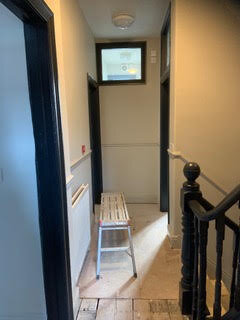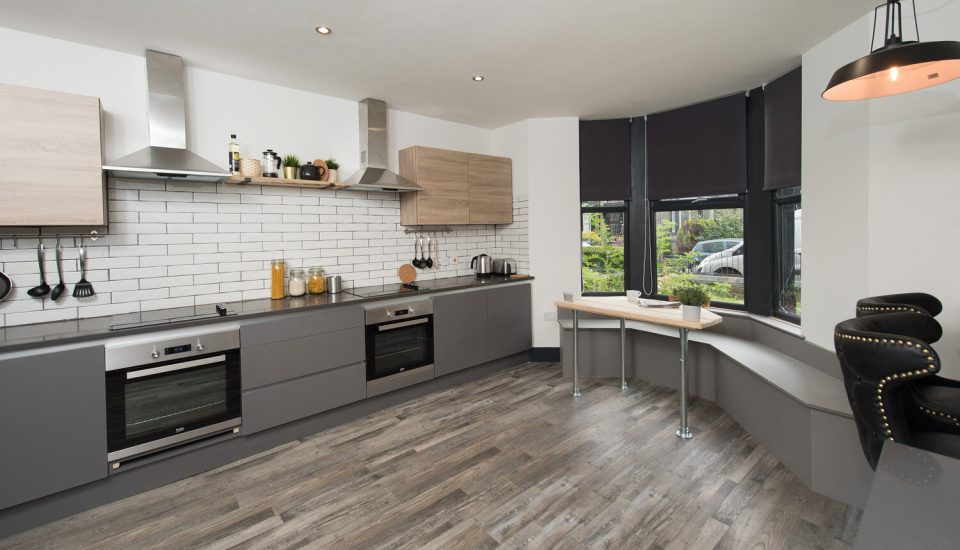A Guide to HMO Investments
Welcome to our HMO Blog, where we delve into the world of Houses of Multiple Occupation (HMOs) and explore their benefits, challenges, legal considerations, risks, and real-life case studies. If you’re considering venturing into the realm of property investment or expanding your portfolio, understanding the ins and outs of HMOs is crucial.

In my 30 years of experience (and more) I’ve come across all sorts of types, states and finished HMO projects. Here’s what I have learnt and how you could get started with your HMO project too:
What is an HMO?
To kick things off, let’s define what exactly constitutes an HMO. Essentially, an HMO is a property where three or more tenants reside not from the same household, but share essential facilities such as bathrooms or kitchens. This arrangement allows for cost-effective living arrangements and often appeals to transient workers or individuals seeking independent living for the first time.
Key Benefits of Investing in an HMO
Investing in HMOs comes with a plethora of benefits.
Firstly, they have the potential to generate high income due to multiple tenants, leading to higher yields compared to traditional single-let properties.
Moreover, in the right areas, HMOs are in high demand, serving as entry-level accommodation for various demographics. The price point is equal to a single 1 bed flat but without the bills and Council tax costs. As an investment strategy large capital gains can be made by buying properties at a bricks and mortar rate and converting them into HMO’s and then refinancing them on a commercial valuations rate. This presents lucrative opportunities for savvy investors.

Negatives of Investing in an HMO
While the benefits are enticing, it’s essential to acknowledge the challenges associated with HMO investments.
- Managing an HMO can be complex, with multiple tenants and various moving parts under one roof. They usually are very busy and need a lot of time and effort.
- High tenant turnover, typically on six-month leases, adds another layer of management complexity.
- Larger properties are required to accommodate the necessary shared spaces, and conversion costs can be substantial.
- Additional compliance standards and associated costs.
- Once converted into a commercial HMO, reverting to residential status is costly and limited to selling to other investors.

Legal and Regulatory Considerations
Navigating the legal and regulatory landscape is critical when dealing with HMOs.
- Larger HMOs require licensing and to comply with commercial fire regulations.
- Planning permission is also necessary, for properties with more than six bedrooms.
Understanding and adhering to these requirements is essential for a successful HMO investment venture.
Risks of Taking on an HMO
Like any investment, HMOs come with inherent risks. Political decisions can impact their profitability, and there’s always the risk of not receiving a high enough valuation post-conversion. Moreover, the increased wear and tear associated with multiple tenants pose additional risks that investors must consider and budget for..
Case Study of a HMO
This is a real example of a deal sourced, developed and managed by the Saltbox Group of companies and will give you an insight into the financial structure of a HMO deal. This is still running today as a successful HMO.
Location: Barnsley, South Yorkshire
Property: 4 bed end terrace house
Original Property State: Deceased estate where the family had received one of my marketing leaflets for a quick sale and contacted me.
Completed Property: 6 Bed HMO all bedrooms with ensuites, large shared kitchen and separate lounge TV room.
Financials
Purchase Price: £120,000
Legal & professional costs: £6,600
Development Costs: £82,795
Total Costs: £209,395
Commercial Revaluation Price: £275,000
Mortgage @75%: £206,250
Money left in deal: £3,145
Monthly rental: £3,120
Monthly running costs: £579
Monthly Mortgage@4.7%: £808
Monthly Net Profit: £1,733
Annual profit: £20,796
ROCI (Return On Cash Invested): 661%


How to get into HMO developments?
I have recently released my exclusive HMO Accelerator course where you can learn HOW to secure and develop your own HMO.
Click here to gain more information on what’s included!
In conclusion, while HMO investments offer promising returns, they require careful consideration and diligent management. By understanding the benefits, challenges, legal considerations, and risks associated with HMOs, investors can make informed decisions and unlock the full potential of this lucrative investment avenue.
Sign up to our maillist to get monthly updates on our HMO projects to gain inspiration and useful tips on how to manage them through from purchasing to letting!

E: nick@saltboxliving.co.uk
T: 07720546301
Property Address Scheme Number: PRS025718
ICO Registration Number: ZA486678

E: nick@saltboxliving.co.uk
T: phone number goes here
Property address scheme Number:PRS025718
RLA Registration Number: 1547/0
ICO Registration Number: ZA486678







